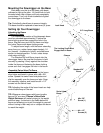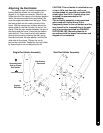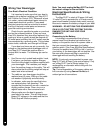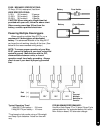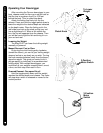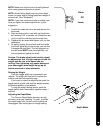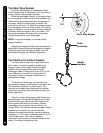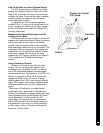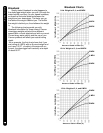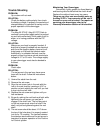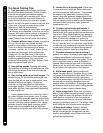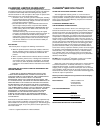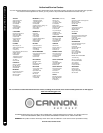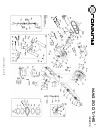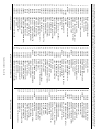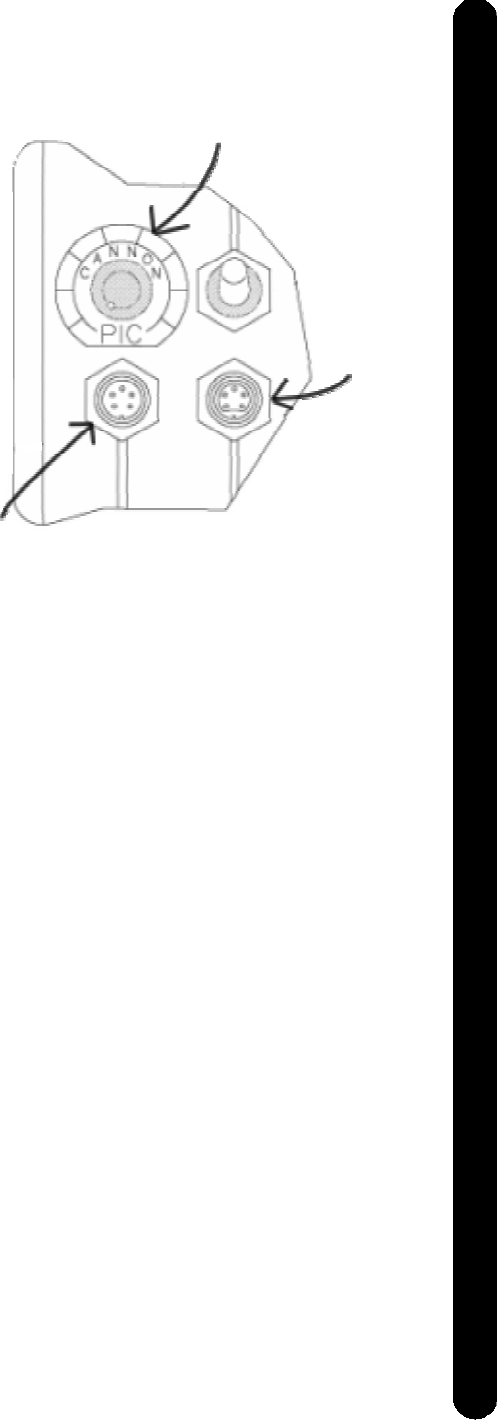
15
How the Positive Ion Control System Works
The PIC system uses an internal circuit that
passes the voltage through the drive train of the
Mag 20 DT to the reel set screw. The set screw
contacts the cable. Care must be taken to ensure
contact between the cable and the set screw
when replacing the cable.
The positive Ion Control system applies a
variable 0.2 to 1.2 volts on the trolling cable at all
times. To adjust the Positive Ion Control, simply
turn the PIC knob on the back of the Mag 20 DT
housing (see below).
Measuring the Natural Electrolysis and PIC
Voltage on Your Boat
A voltmeter with a scale of zero to one volt will
measure the natural electrolysis. Place the ground
lead of the meter on the motor or the battery
ground. Place the positive lead on the stainless
steel downrigger cable while it is in the water. The
downrigger must be unplugged. The voltage you
measure on the volt meter is your boat’s natural
electrolysis voltage. Use the same set up to
measure the PIC voltage; just plug in the Mag 20
DT and adjust the PIC knob to the voltage
desired.
Using Positive Ion Control
Positive Ion Control is very effective when
trolling. The zone of attraction created at the
downrigger wire will attract the fish. It is best to
use a short drop back between the downrigger
release and the lure. Drop backs of 10 to 20 ft. are
typical. A drop back of 50 to 100 ft. will entirely
negate the effects of the PIC circuit. Fishing
depths greater than 125 ft. may require a slightly
higher PIC voltage. If you return to shallow water
fishing remember to turn the PIC voltage down
again.
The correct PIC setting for your best fishing
advantage varies, depending on fish type and
location. For example, the proper setting for Puget
Sound Steelhead may not be effective for Great
Lakes Steelhead. To fully benefit from PIC
technology, it is important that you experiment
with the PIC setting to find the proper voltage for
the gamefish in your area. For more information
on this subject, refer to “Secrets of Fishing with
Electricity” by Ollie Rode.
Positive Ion Control
(PIC) Knob
Data Out
Data In
POSITIVE ION CONTROL



